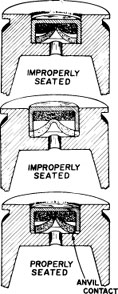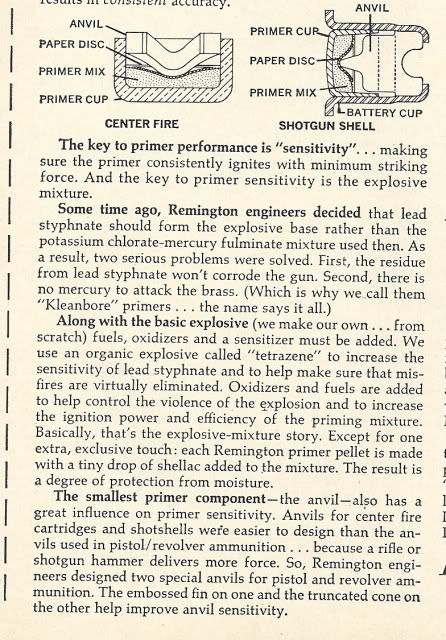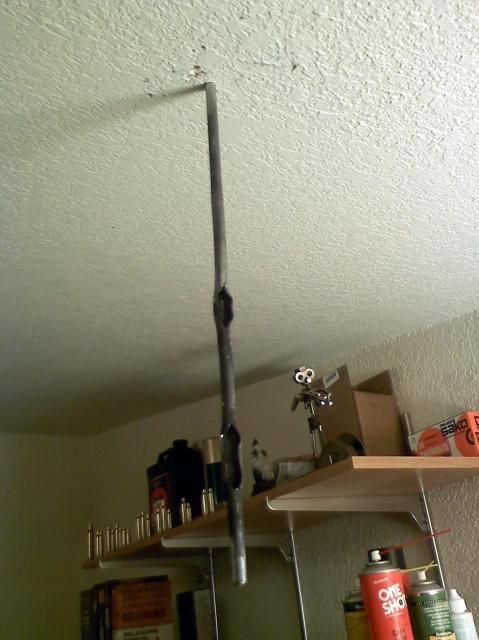Phoenix1151
Inactive
Diamondback DB9FS and S&B ammo
I've been having some issues with my new Diamondback DB9FS 9mm striker-fired pistol when using S&B ammo. Small crescent-shaped shards of what I have come to believe is primer plating ends up in the striker channel and causes light strikes by interfering with striker travel.
Prior to last outing on Monday, I had sanded the tip of the striker to remove concentric machining marks thinking that they may have been acting like a rasp and bringing the shards back into the striker channel on recoil. I shot 50 rounds of Wolf RNL without issue, cleaned the striker channel of very tiny flecks, then shot 25 S&B FMJ getting light strikes on the 22nd and 23rd rounds. After getting home I cleaned the striker channel and stop chamber of shards (smaller than before I sanded the tip of the striker).
I've got some PMC to try next outing.
I've been having some issues with my new Diamondback DB9FS 9mm striker-fired pistol when using S&B ammo. Small crescent-shaped shards of what I have come to believe is primer plating ends up in the striker channel and causes light strikes by interfering with striker travel.
Prior to last outing on Monday, I had sanded the tip of the striker to remove concentric machining marks thinking that they may have been acting like a rasp and bringing the shards back into the striker channel on recoil. I shot 50 rounds of Wolf RNL without issue, cleaned the striker channel of very tiny flecks, then shot 25 S&B FMJ getting light strikes on the 22nd and 23rd rounds. After getting home I cleaned the striker channel and stop chamber of shards (smaller than before I sanded the tip of the striker).
I've got some PMC to try next outing.



